Inbox and Environment News: Issue 419
September 1 - 7, 2019: Issue 419
Shark Drumlines Going In Off Our Beaches
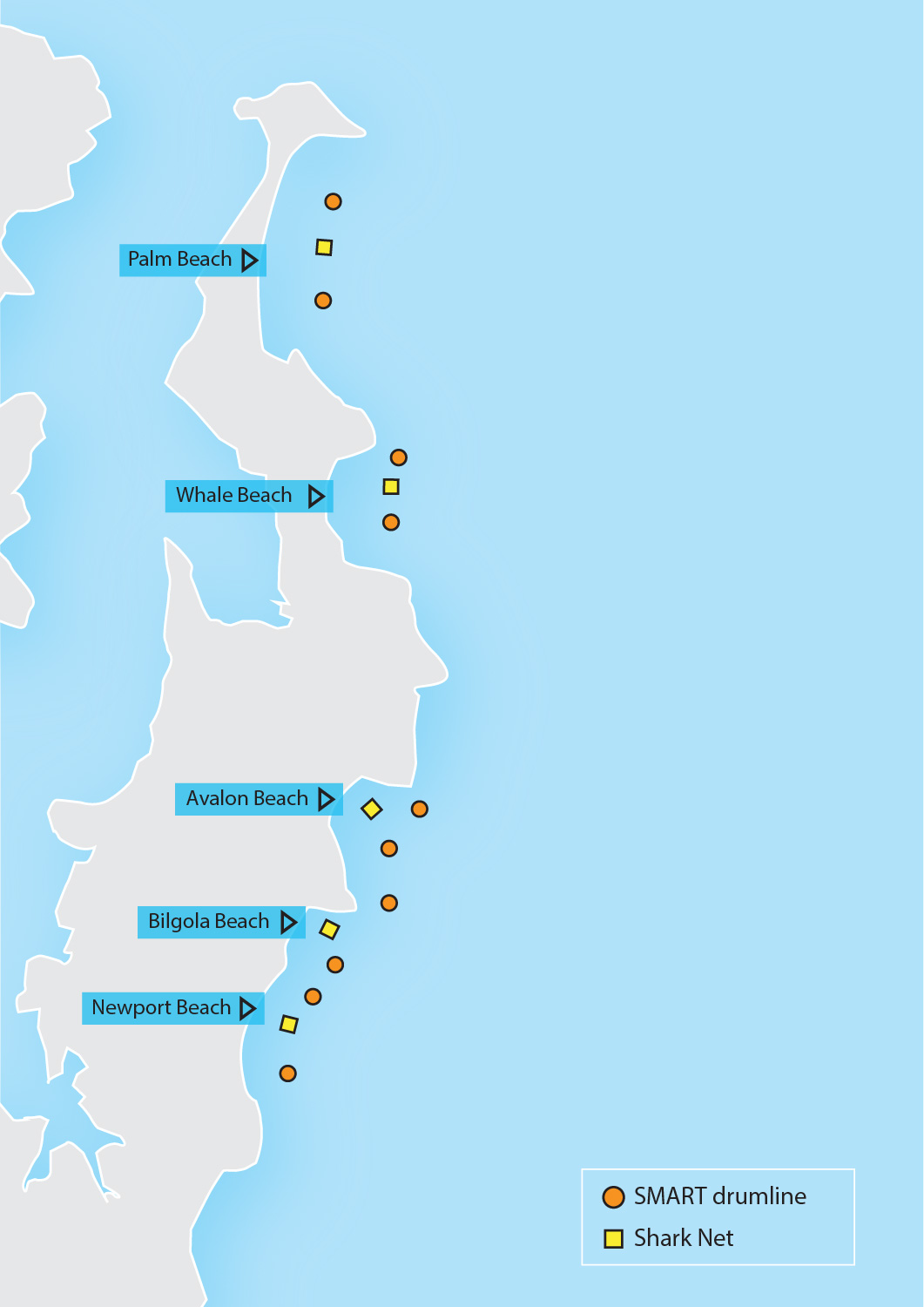
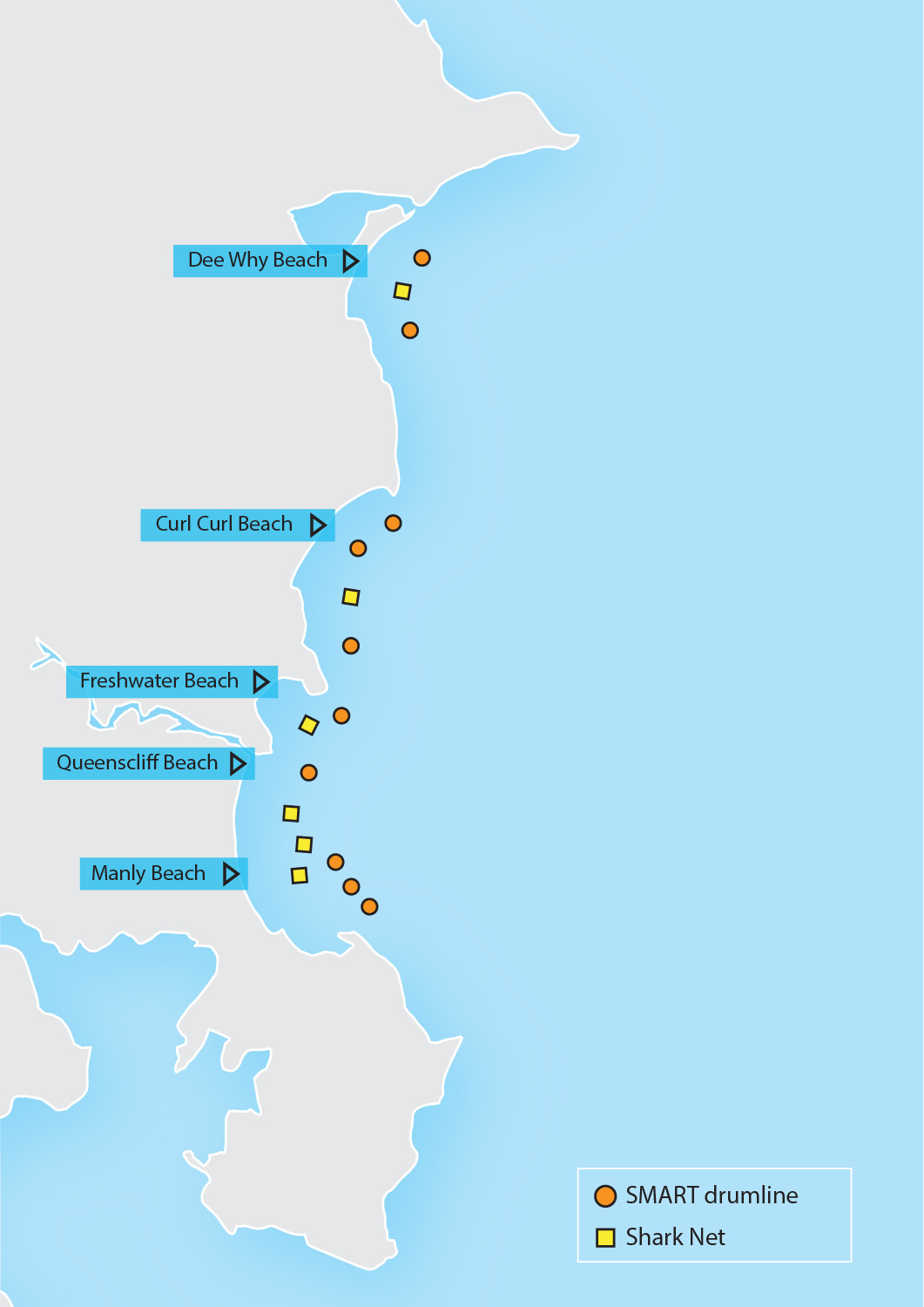
Northern Beaches Clean Up Crew Mona Vale Beach Clean Nets Buckets Of Rubbish
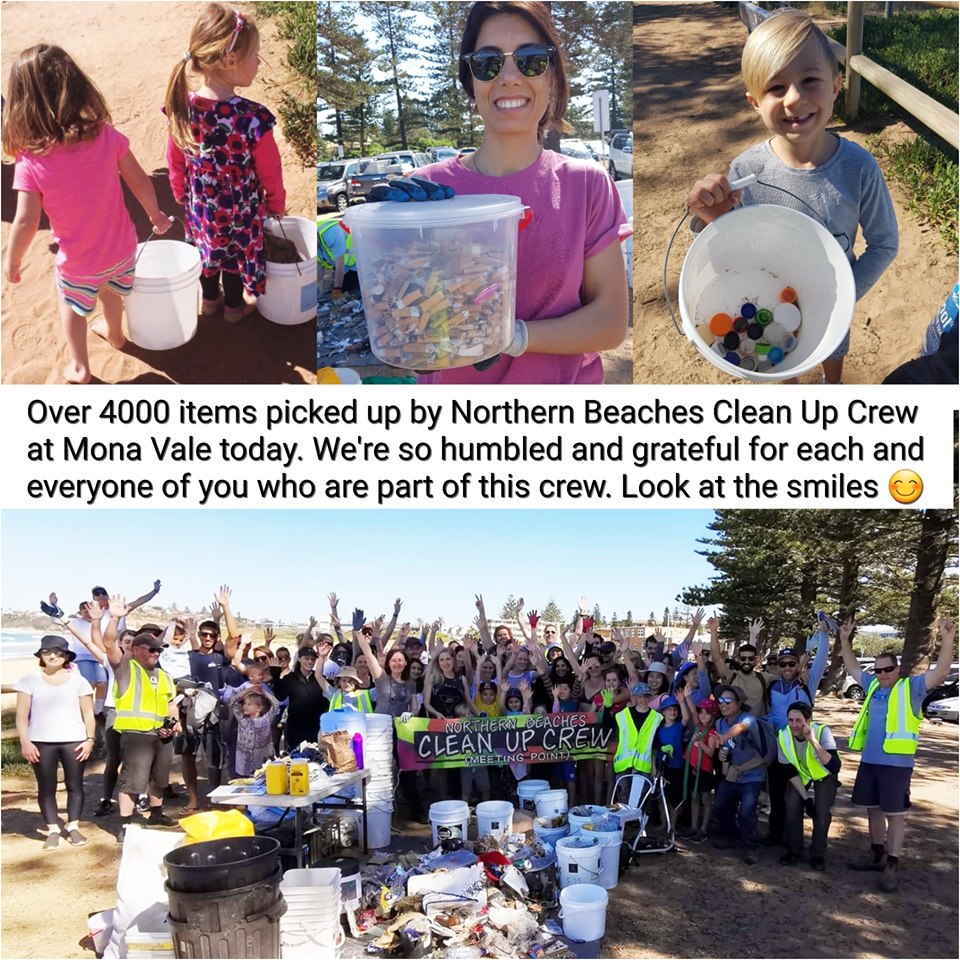
Climate Change And Our Community Public Meeting
Spring Fair
- Enjoy the sounds of the didgeridoo in the bush and learn a little about our aboriginal heritage.
- Children can make fantastic creatures from bush materials, have their face painted, win a prize in the quiz.
- See live native animals and enjoy a display of frogs and tadpoles.
- Plenty of native plants for sale as well as advice from members of the Australian Plants Society.
- Bush food tasting and an opportunity to ‘Grow your Own’ indoor native plant.
- Learn all about native bees and how to rescue injured wildlife.
- Take a nature walk or sit by the stage and enjoy the music.
- Wander the Sensory Track to find some sculptures or visit the Corkery Pavilion for the photographic display.
- Visit the coffee shop for cake and brewed coffee.
- And of course no day would be complete without a sausage sandwich for lunch from our volunteers!
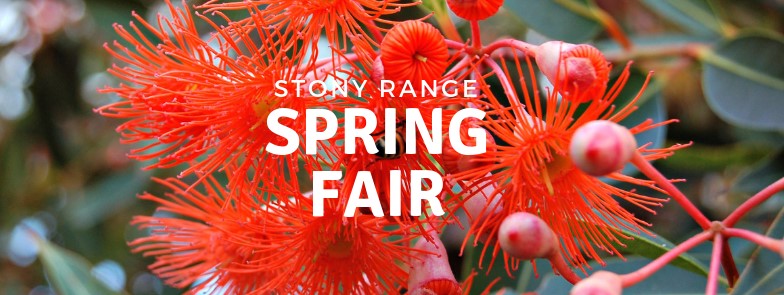
Aussie Bread Tags Collection Points

Muogamarra Nature Reserve Open Season
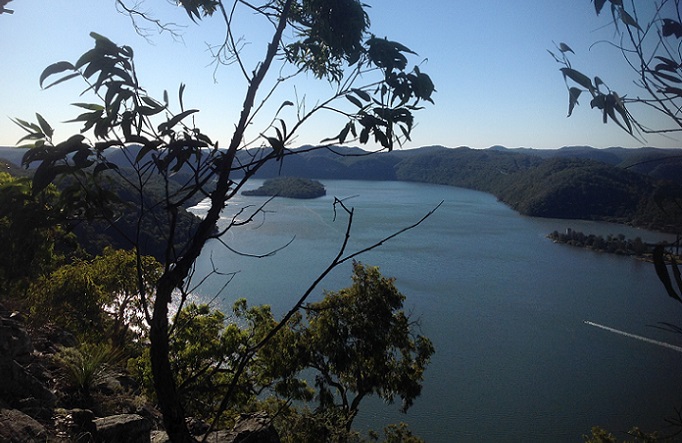
Mona Vale Garden Club's 48th Spring Flower Show
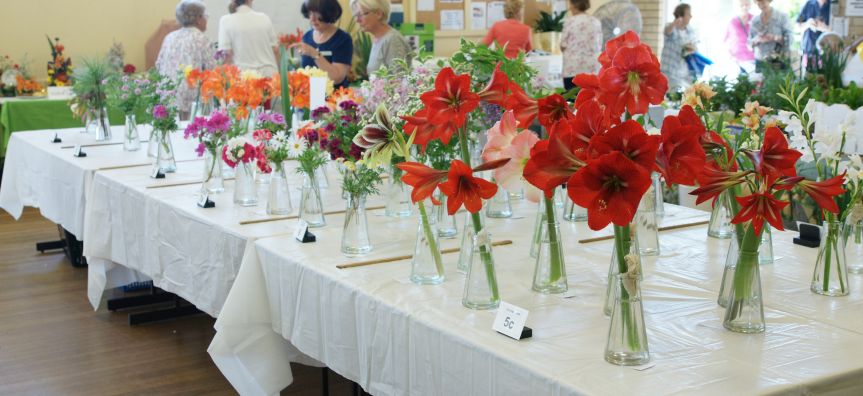
SeaWeek: Celebrating The Sea
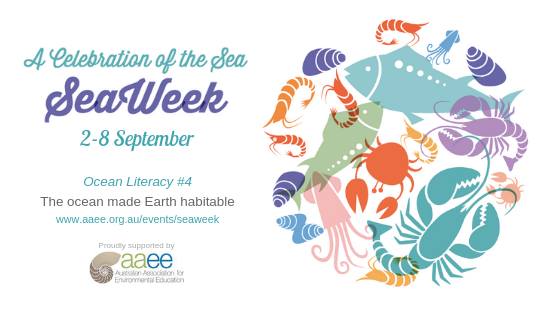 SeaWeek is Australia’s annual celebration of the sea. Since 1988, SeaWeek has encouraged community awareness and appreciation for marine and coastal environments. Each year is a different theme, providing educators with specific messages and avenues through which to engage people in learning about and enjoying the ocean.
SeaWeek is Australia’s annual celebration of the sea. Since 1988, SeaWeek has encouraged community awareness and appreciation for marine and coastal environments. Each year is a different theme, providing educators with specific messages and avenues through which to engage people in learning about and enjoying the ocean.- Most of the oxygen in the atmosphere originally came from the activities of photosynthetic organisms in the ocean. This accumulation of oxygen in Earth’s atmosphere was necessary for life to develop and be sustained on land.
- The first life is thought to have started in the ocean. The earliest evidence of life is found in the ocean.
- The ocean provided and continues to provide water, oxygen and nutrients, and moderates the climate needed for life to exist on Earth
Water Restrictions To Start Across The Lower Hunter
- use sprinklers at any time
- leave hoses or taps running unattended
- use a hose for general cleaning of hard surfaces such as paths, driveways and paved areas
- wash vehicles, boats and buildings using a hose without a trigger nozzle
- top up an existing pool without using a hose fitted with a trigger nozzle or device that can be turned off instantly
- leave an unattended hose running in a pool
- fill a new or renovated pool or spa over 10,000 litres capacity unless you have a permit and an approved pool cover.
Mangoola Madness: Hunter Coal Mine Extension Must Be Rejected To Save Community
Burdening The Future: IPC Approves United Wambo In The Hunter Despite Air Pollution And Greenhouse Gases
Murray Crayfish Season Closes In Southern-NSW
Murray Cod Season Closes This Weekend
Fishers Gear Up For Australian Bass And Estuary Perch Season
Combating Horror Summer Of Fish Kills
- An unprecedented breeding program, utilising government and private hatcheries, to ensure the long-term sustainability of the iconic Murray Cod and other native species, such as Trout Cod and Golden Perch;
- Artificial aeration, oxygenation and chemical treatments to support water quality and fish survival across river systems;
- Extra dedicated fish teams to conduct rescue operations during fish kill events ;
- A $4 million expansion of the Department of Primary Industries’ flagship Fisheries Hatchery and Research Centre in Narrandera, as well as other facilities, which will house many of the rescued fish; and
- The State’s largest restocking program in history of rescued and bred native fish once normal water conditions return.
Laser Printing Tech Produces Waterproof E-Textiles In Minutes
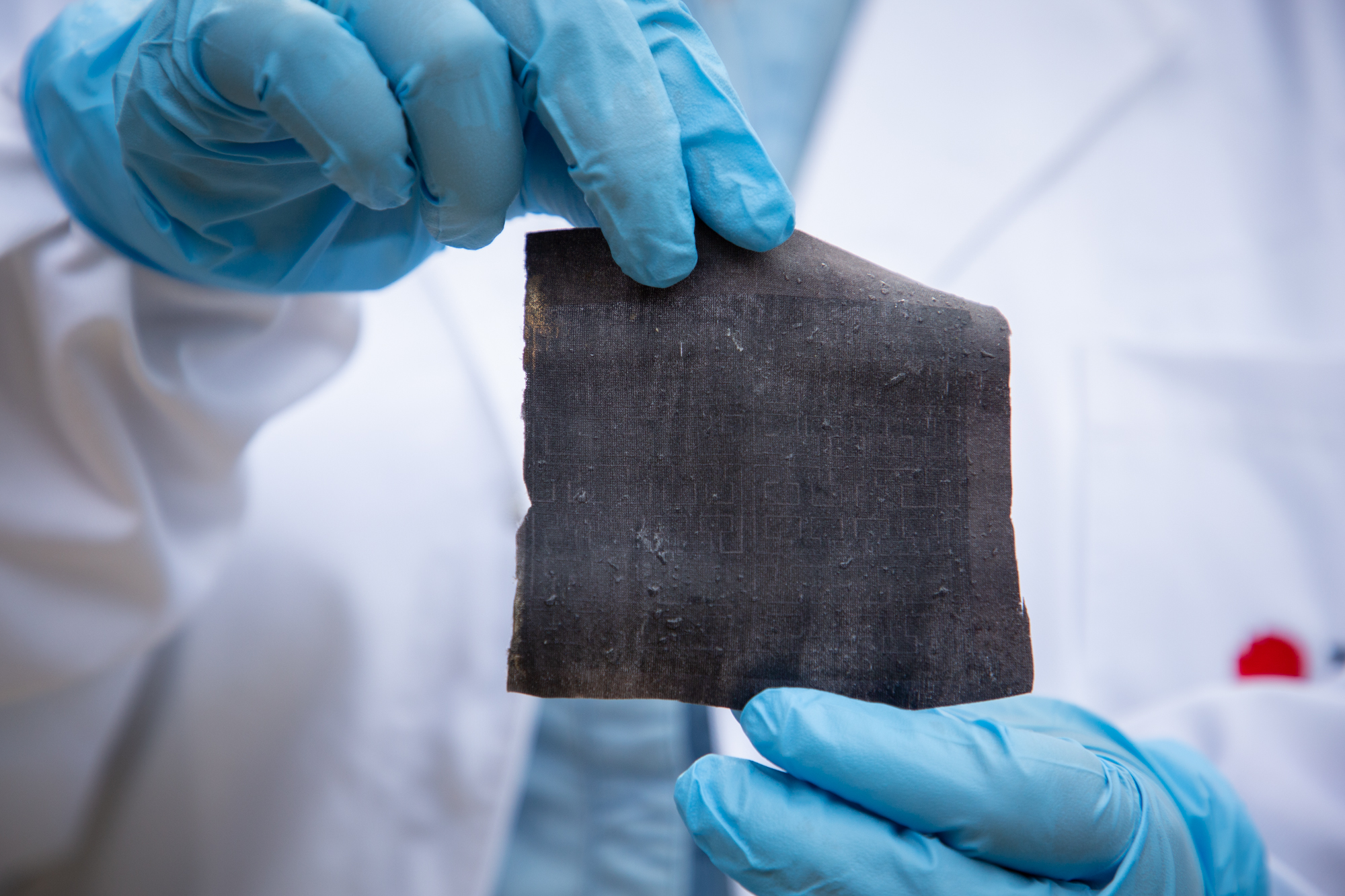
Extreme Mangrove Corals Found On The Great Barrier Reef
Using Artificial Intelligence To Track Birds' Dark-Of-Night Migrations
Crows Consciously Control Their Calls
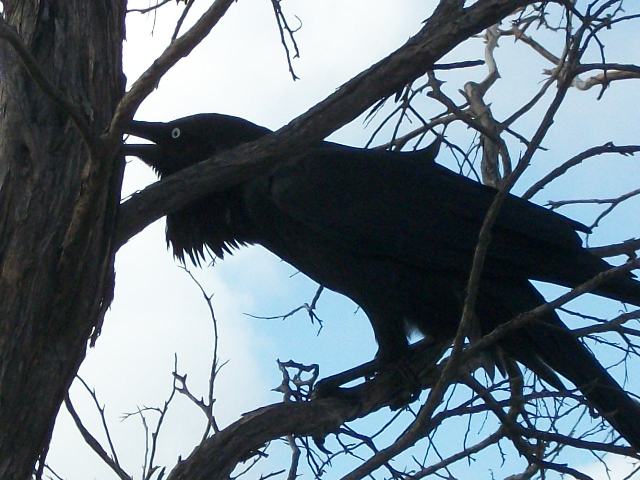 Songbirds are renowned for their acoustically elaborate songs; these show a degree of flexibility, potentially indicating that they are under conscious control. However, the observed variability in vocalisations might simply be driven by involuntary mechanisms, and need not be based on cognitive control. In the new study, Brecht and colleagues directly tested the idea that songbirds deliberately control their calls, in the sense that they can be emitted or inhibited at will, as opposed to being knee-jerk responses to food, mates, or predators.
Songbirds are renowned for their acoustically elaborate songs; these show a degree of flexibility, potentially indicating that they are under conscious control. However, the observed variability in vocalisations might simply be driven by involuntary mechanisms, and need not be based on cognitive control. In the new study, Brecht and colleagues directly tested the idea that songbirds deliberately control their calls, in the sense that they can be emitted or inhibited at will, as opposed to being knee-jerk responses to food, mates, or predators.Intelligent creatures who will not fly away from humans readily, the Australian Raven measures 46–53 cm in length with a 100 cm (40 in) wingspan and weighing around 650 g, the adult Australian Raven is an all black bird with black feet and beak and a white iris. The plumage is glossy with a blue-purple to blue-green sheen, greenish over the ear coverts. The territorial call of the Australian Raven is a slow, high ah-ah-aaaah with the last note drawn out. This call is used to communicate with other ravens nearby or across the valley as their song carries.
Barrenjoey Seal Colony Growing
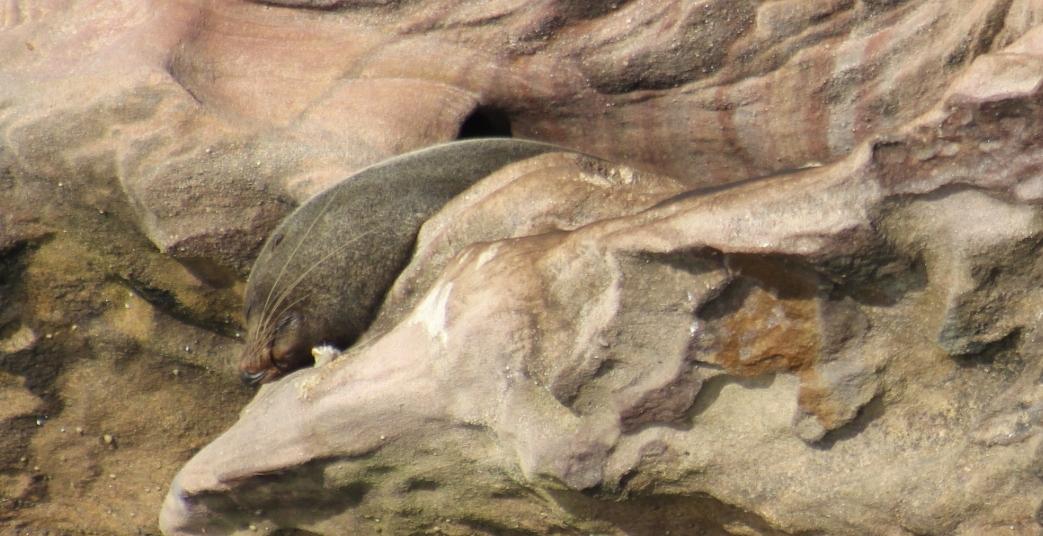
Catch A Glimpse Of A Humpback Whale
Visit a coastal NSW national park to spot a humpback whale, as they start their annual migration north.
From May to November 2019, over 30,000 humpback whales will migrate from the cold waters of Antarctica to the warmer waters off north east Australia to mate and give birth before heading south again.
Vantage spots for whale watching include national parks with lookouts, headlands and foreshores.
Southern right and minke whales may also be spotted off the NSW coast during migration season.
Keen whale-watchers can download the free Wild About Whales mobile app, which helps users find the best locations for spotting whales, get real-time notifications of nearby sightings, and record their sightings.
Environment Minister Matt Kean said the app is a great tool for the whole family to learn more about whales, while also contributing to a citizen science project.
“Citizen science volunteers and other organisations such as ORRCA do an amazing job of monitoring the number of whales migrating along the NSW coast each season,” Mr Kean said.
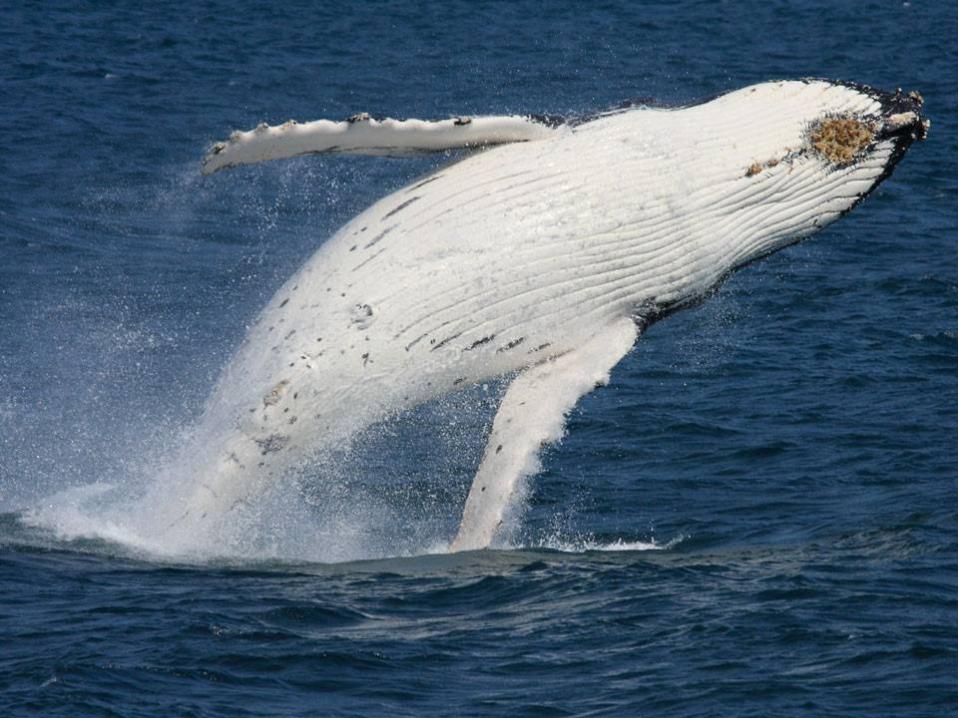
Archie's Pittwater Clean Up
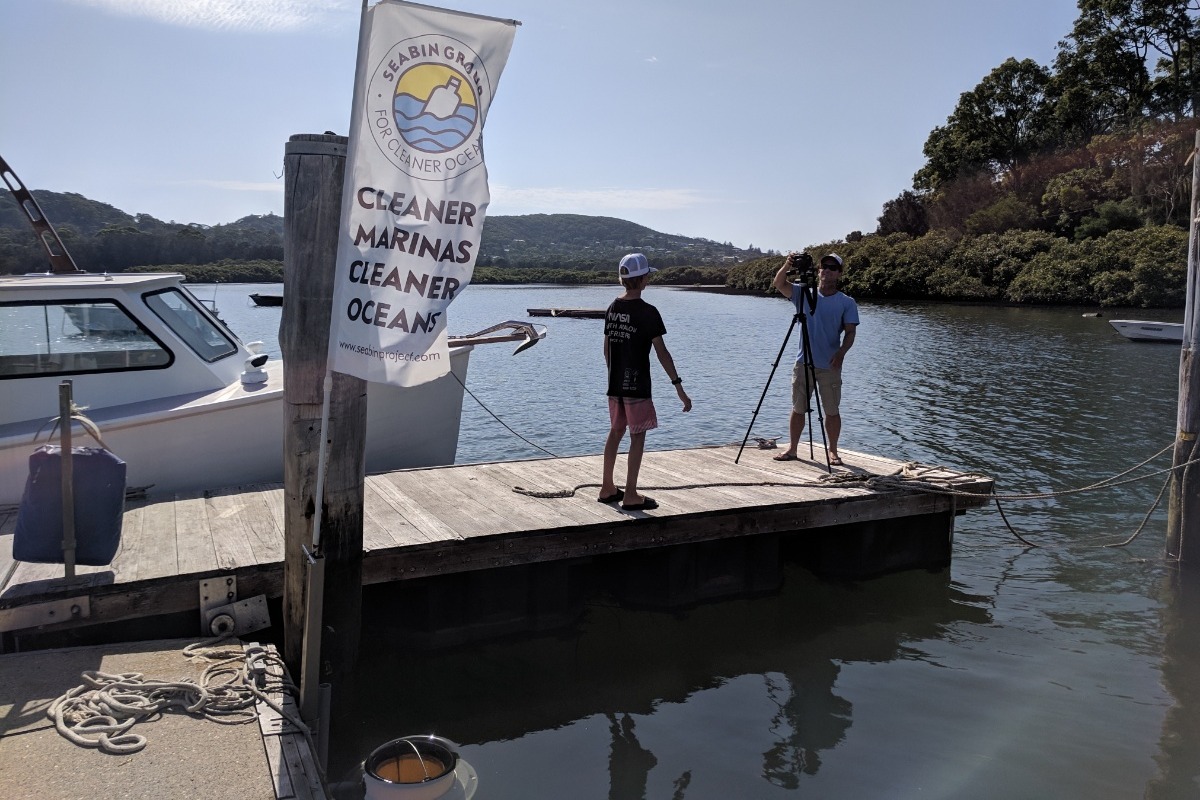
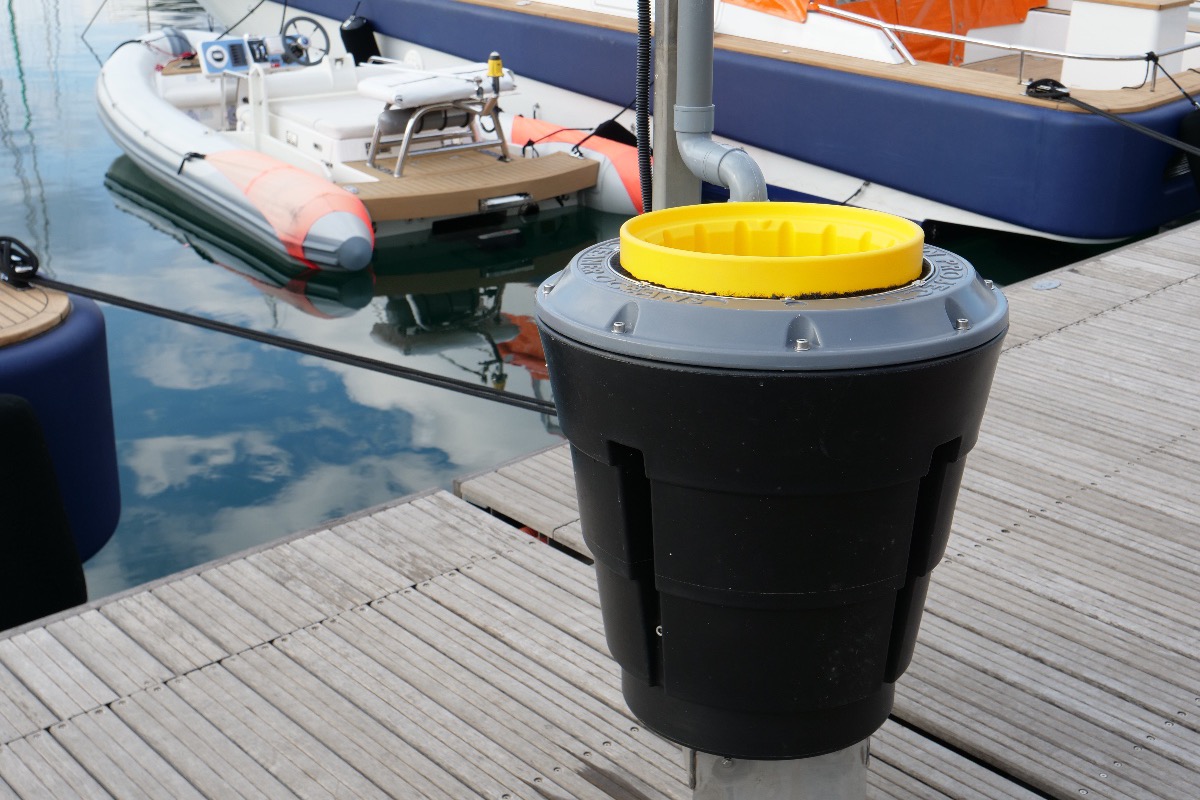
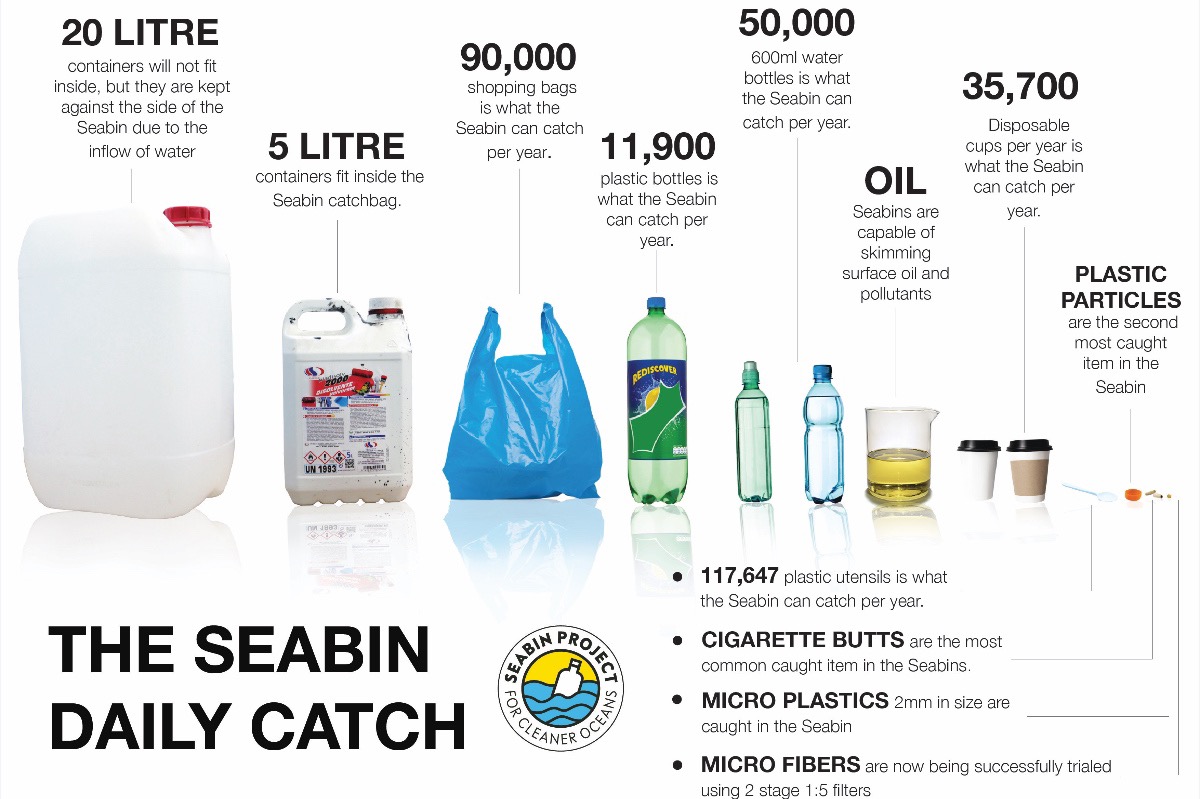
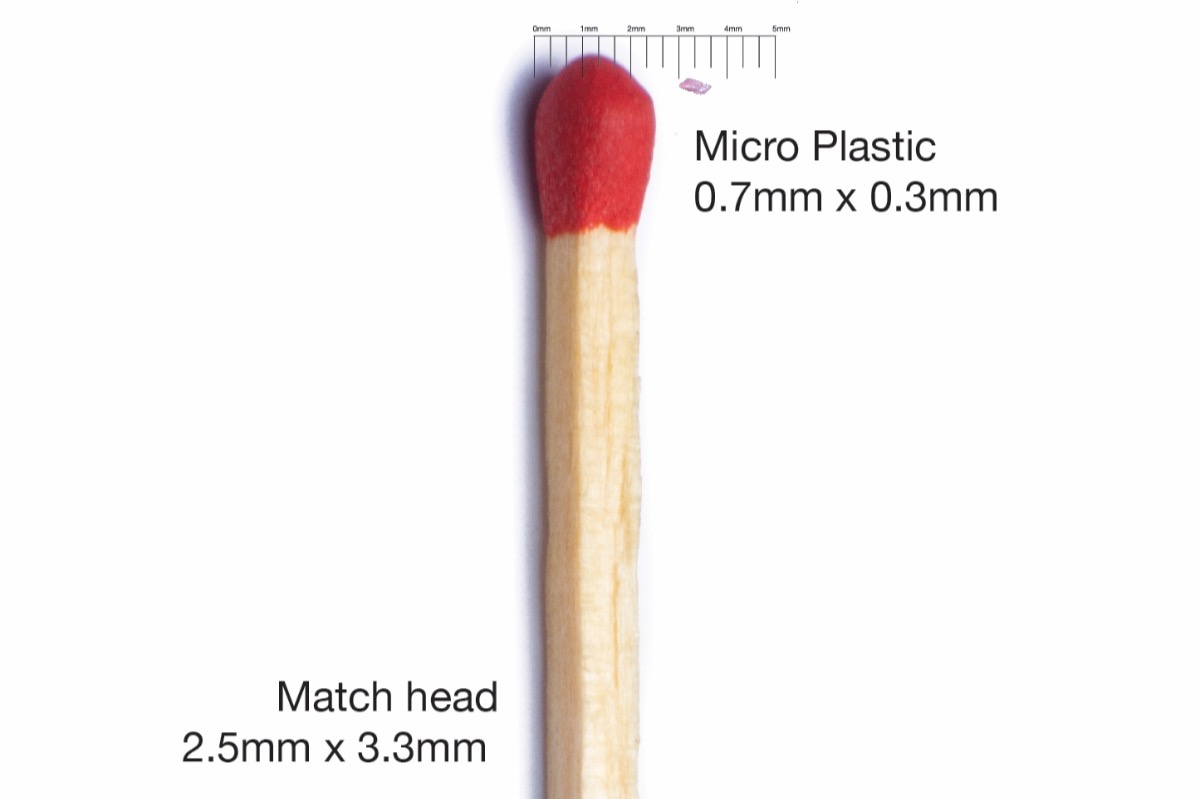

FAQS SHEET
Seabin Project FAQs
New Insights Into Retina's Genetic Code
Gold Nanoparticles Shown To Be Safe And Effective Treatment For Prostate Cancer
Physicists Mash Quantum And Gravity And Find Time But Not As We Know It
Research Reveals Health Is Number One For Weight Loss
 | TWD-Member-Survey_Health Impacts_Report-Highlights (2).pdf Size : 47.23 Kb Type : pdf |
Parramatta Study Reveals Ways To Reduce City Temperatures By 2°C
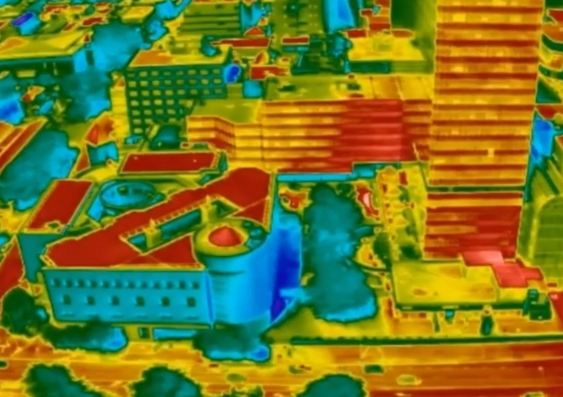
First Metro Breakthrough At North Sydney
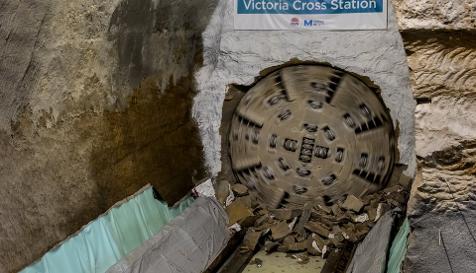
Fertility And Research Centre To Make IVF More Accessible Across NSW
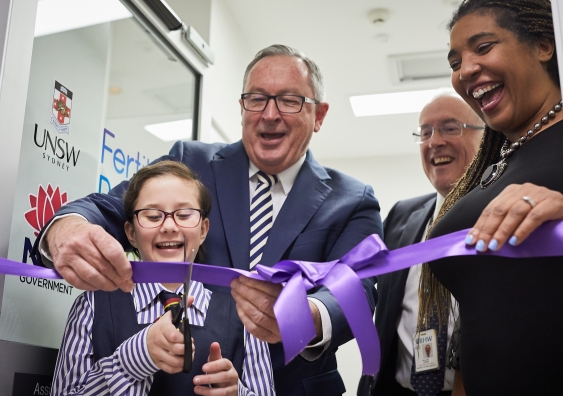
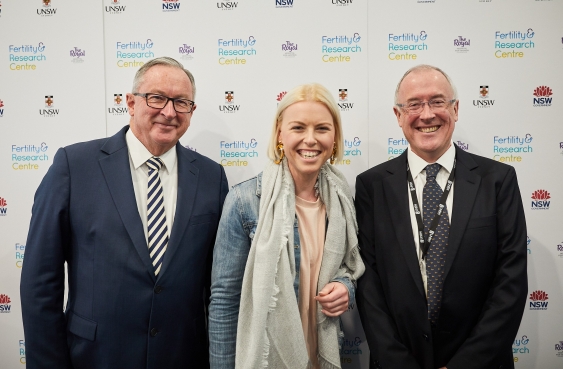
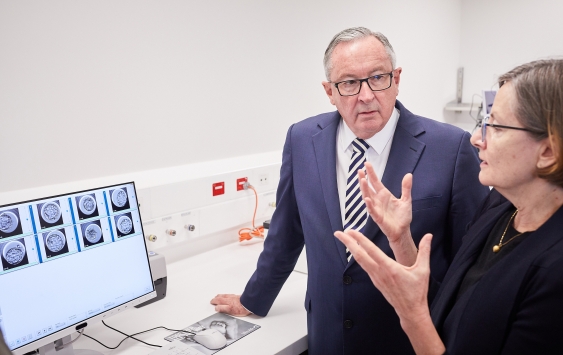
Australian Men's Life Expectancy Tops Other Men's
Excess Body Fat Increases The Risk Of Depression
Disclaimer: These articles are not intended to provide medical advice, diagnosis or treatment. Views expressed here do not necessarily reflect those of Pittwater Online News or its staff.